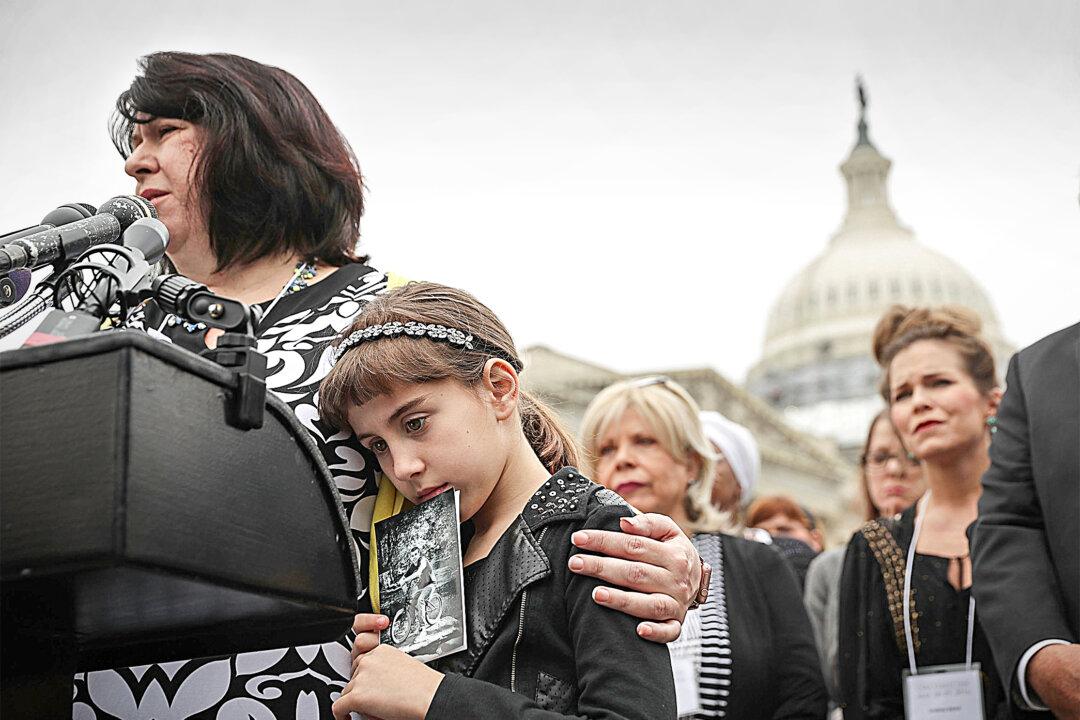NEW YORK—America is mobilizing to curb its opioid blight.
Federal and state governments are investing hundreds of millions into addiction treatment, while the surgeon general is encouraging restraint among doctors prescribing painkillers. Nasal sprays that can reverse an overdose are becoming more widely available. And the federal government is placing tougher controls on the southern border, aiming to stem the flow of heroin.





